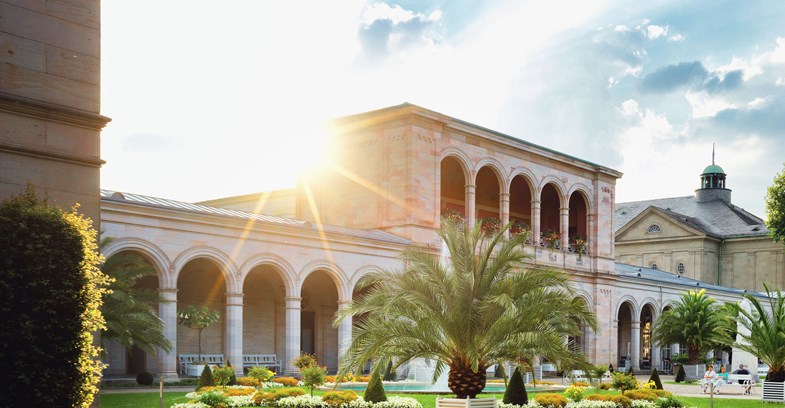Františkovy Lázně, CZECH REPUBLIC: A European Model Spa
Františkovy Lázně is a planned ideal nineteenth century ‘new (spa) town’ in the ‘West Bohemian Spa Triangle’. It was built at the turn of the eighteenth and nineteenth centuries on a 300m-square orthogonal grid centred on a widespread thermal spring-field. Its harmonious look is founded on the Baroque principles symmetry and is characterised by an inner and outer spa landscape with a triple belt of parks, in which twenty-four springs and their pavilions are linked by long and level promenades. The town is surrounded by extensive forest and moorland that inspired it to become one of the earliest peat spas in the world. Its historic specialism in treating women’s illnesses prompted ladies to visit without accompaniment by men, an early place of emancipation. Musical and literary works were created by composers and authors of international renown, such as J.W. Goethe, who visited over 30 times.

Františkovy Lázně

Historic Urban Landscape of the ‘Great Spa’
The spatial plan of the nominated property can be divided into:
- The wide polycentric distribution of springs, with their pavilions and network of connecting therapeutic and recreational pathways.
- The principal spa ensemble centred on the town.
Františkovy Lázně, CZECH REPUBLIC: A European Model Spa
Františkovy Lázně is a planned ideal nineteenth century ‘new (spa) town’ in the ‘West Bohemian Spa Triangle’. It was built at the turn of the eighteenth and nineteenth centuries on a 300m-square orthogonal grid centred on a widespread thermal spring-field. Its harmonious look is founded on the Baroque principles symmetry and is characterised by an inner and outer spa landscape with a triple belt of parks, in which twenty-four springs and their pavilions are linked by long and level promenades. The town is surrounded by extensive forest and moorland that inspired it to become one of the earliest peat spas in the world. Its historic specialism in treating women’s illnesses prompted ladies to visit without accompaniment by men, an early place of emancipation. Musical and literary works were created by composers and authors of international renown, such as J.W Goethe, who visited over 30 times.

